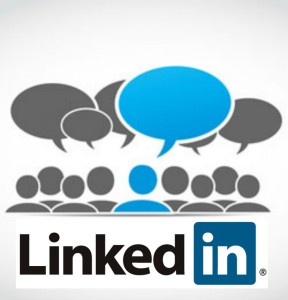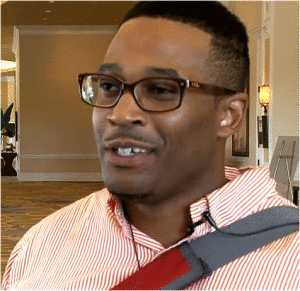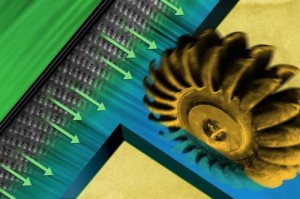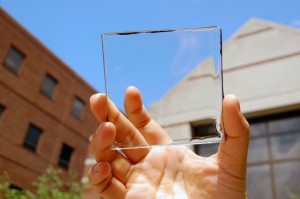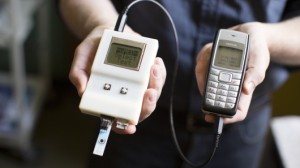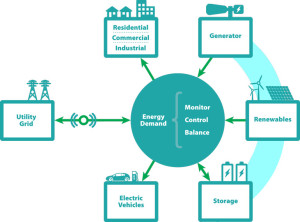
Microgrids are small power systems that are able to function independently when storms or other emergencies knock out electricity.
Credit: Center for Sustainable Energy
New York state will be holding a $40 million energy technology competition this fall in order to aid research that will allow local communities to retain power during outages.
This from Associated Press:
Gov. Andrew Cuomo announced the New York Prize competition, which would award funding to companies or utilities that suggest the best ways to create so-called “microgrids.” Microgrids are small power systems that are able to function independently when storms or other emergencies knock out electricity.
The microgrids will allow for hospitals, schools, water plants, and even homes to hold energy when the main electrical grid is not working.
Cuomo is to launch the competition this fall.
If you find this concept interesting and would like to partake in solving some of the most challenging issues in the world today, check out the details on ECS’s 2014 Electrochemical Energy and Water Summit.



